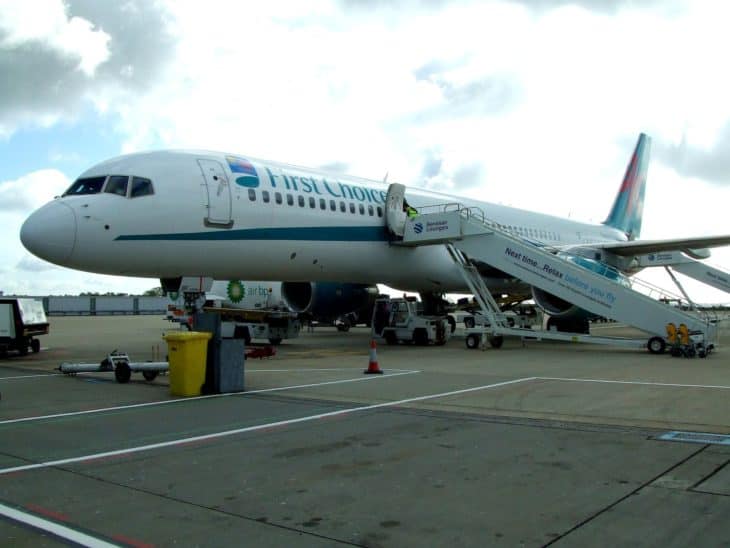You’re probably used to stops on your bus, train, or subway. However, if you’re not used to it, you will be surprised the first time your plane stops en route before continuing to your destination. What happened? Did the pilot get lost?
Table of Contents
No, the pilot didn’t get lost, and it is actually more common for planes to have stops than you might think. There are a few reasons why planes have stops. Sometimes one route serves multiple airports, and the stops are so passengers can get on and off. Other times planes have to stop and refuel before a long journey. Stops are the difference between a direct and non-stop flight.
Here is what to expect if your plane stops and how to tell if your flight will have stops or not.
What’s the Difference Between a Direct and Non-Stop Flight?
Many passengers experience confusion the first time their plane stops somewhere that is not their destination. Usually, this confusion happens because passengers and those who booked tickets are confused about the information on the boarding pass.
Non-stop flights are the flights most people are familiar with. These flights take off and don’t touch the ground until they reach your final destination. When the jet age began in the 1950s and planes became powerful enough to cover long distances without stopping along the way, “non-stop” was a popular term in advertising to show off this modern innovation.
Nowadays, people give less importance to this term since they assume most flights are non-stop. However, it pays to carefully read the fine print on the booking information because you don’t want to get a direct flight instead of a non-stop flight.
A direct flight will also connect two major hubs without requiring passengers to change a plane. However, it will make several stops along the way, usually in smaller regional cities. Direct flights were more common in the earlier days of aviation when planes physically could not traverse the distance between far-apart cities without stopping along the way. There are a few reasons why airlines still have direct flights, but more on those later.
Direct flights are different from connecting flights. On direct flights, you stay in the same plane all the way to your destination. When you have a connecting flight, you have to get off your plane, then go through the airport, sometimes going through security and customs again, to get the flight to your destination.
Do Planes Still Need to Stop and Refuel?
The reason why many planes made stops in the early days of aviation was so the aircraft could refuel for the rest of the journey because the technology was too primitive to carry the planes long distances. However, we’ve evolved past the need to stop and refuel, right?
On certain routes, planes actually still need to stop and refuel. For example, planes usually don’t carry enough fuel to make the trip from Australia or New Zealand to Europe in one go. Super long-haul flights operating out of Sydney or Auckland usually make at least one stop to refuel.
Some shorter flights also need to make fuel stops. Airplanes need to carefully calibrate their weight before taking off. If it is a shorter runway, then an airplane that has too much fuel will not be able to take off. That is why the flight from London City Airport to New York City-JFK has to stop en route in Ireland’s Shannon Airport to refuel—because it cannot tank up at London City and take off from that airport’s short runway.
Do Planes Drop Off Passengers at Their Stops?
Some airlines make the most of the stops they need to refuel. Offering passengers the option to get off at the fueling stop and others to get on allows them to sell two different flight routes using just one aircraft.
Other planes have stops even if they don’t need to refuel. Planes will make several stops at smaller airports in the same region to let passengers get on and off. This is particularly common when serving remote regions, such as Alaska or islands in the Pacific Ocean.
It may not be profitable for airlines to run a flight serving just one of those airports, but by combining them into one direct flight, the airline can afford to run the route, and people get the transportation and goods they need.
Do You Need to Get Off at Every Stop?
If you’re on a direct flight and headed to the last airport on the route, do you need to get off at every stop? The answer depends on the airline and local regulations. Some airlines let continuing passengers stay on the plane while others get off and on. Others make all passengers get off, then continuing passengers have to go through the hassle of reboarding.
References ▾
Related Posts












